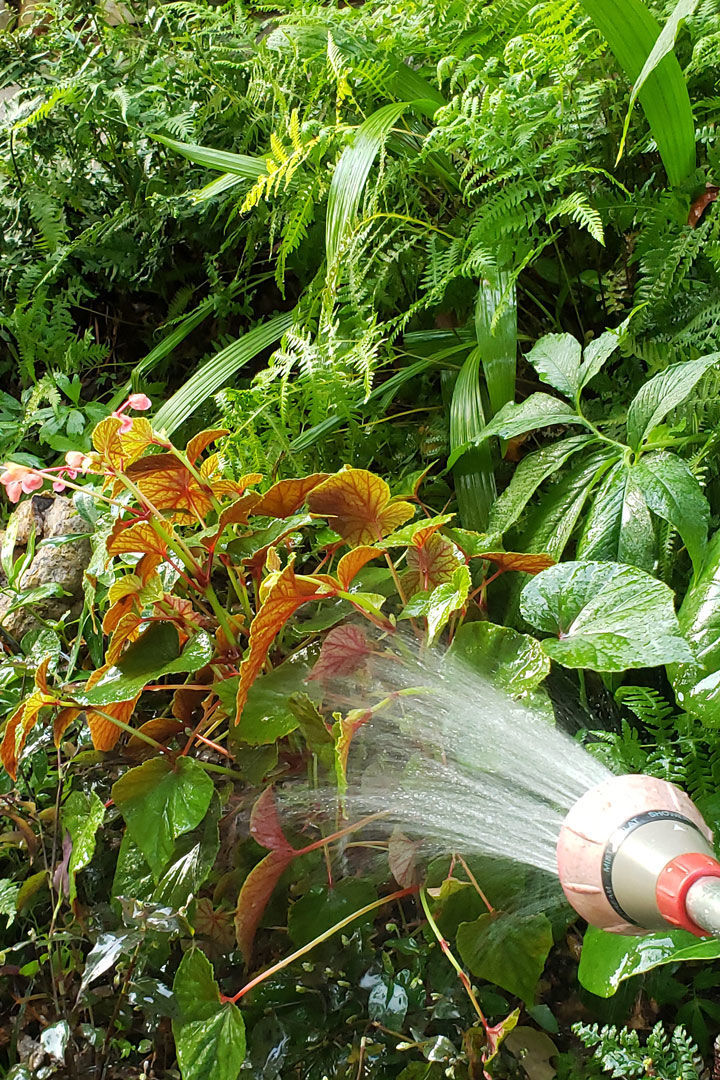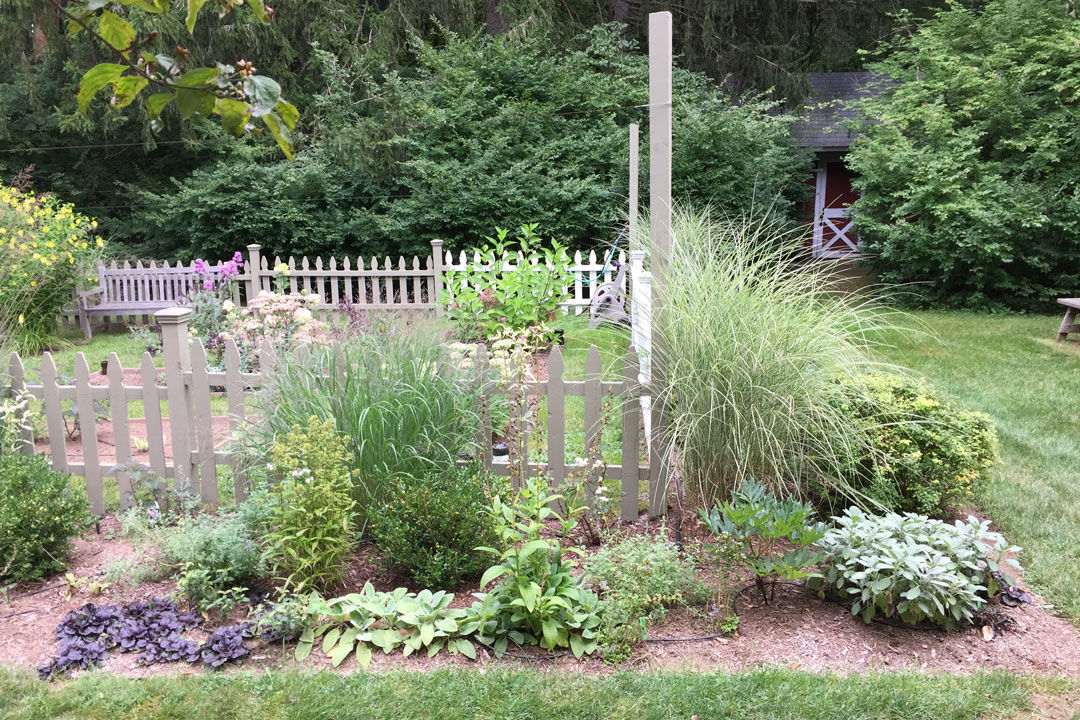
Much of the Southeast experienced a wet spring and early summer in 2019 and is heading into the feast or famine season (hurricane or drought) with lush landscapes. Hurricane season is like a toddler—we love it when the steady rains come like waves of laughter, but we secretly hold our breath that the next system doesn’t bring a full meltdown. But without the rains from systems in the Atlantic, we face the one-two punch of drought and high heat in late summer.
Wise Watering
Watering in a summer drought means making the most with the least amount of water. There is never a good time to waste water, but especially not when facing watering restrictions. Wise watering in a drought is mostly common sense: Put the water exactly where it is needed in sufficient quantity and none where it is not. Time your watering to when it can best be taken up by plants with the least amount lost to evaporation. Prioritize and limit watering to newly planted specimens if necessary.
Whether watering by hand or system, it’s best to water long and deeply, but less frequently. So if you’ve got your system on a clock, make sure it is set for fewer days per week (one or two) but longer periods of time. Normally, you would want to override the clock (or get a smart-technology controller) if rains come. But if you’ve been in a serious drought, it can help to have the ground not be bone dry when hard rains occur. Otherwise, much of the initial rainfall just runs off.
If you’re establishing new plantings, grouping plants together with similar drought tolerances is wise. When droughts come, you may focus first on watering the areas of less tolerant plants and put the drought-tolerant section on a longer rotation. Regardless of eventual drought tolerance, you should always first water plants that were put in the ground less than a year ago.

Timing Your Watering
Fortunately for the hand-waterer, the best time to water the garden is also the most comfortable—early morning (preferably) or early evening. Watering at the least scorching times of day reduces evaporation, so water out of the hose actually gets to roots and not up and out into the air to increase what is already a humid atmosphere.
Transpiration, or the evaporation of water vapor from the pores (stomata) of plants, is what drives the pull of water up from roots. Most plants close stomata at night, and they will also close when a plant is under water stress. When stomata are closed, the plants do not draw in significant water. So having the limited water you are using fully available in the morning when stomata open and the plant begins transpiring is a best bet for maximizing uptake.

Efficient Irrigation Systems
If you have an irrigation system, take a fresh look at it under drought conditions. Irrigation systems may be touted as being more efficient and water-saving than other methods, but the reality (backed by studies) is often the opposite. There is no perfect substitute for the watchful eye of the gardener.
If you are watering with an irrigation system, turn it on and check the emitters. Make sure they are emitting properly (not leaking) and that they are watering areas of real need and not spraying sidewalks or areas without plants.

Water Saturation
Finally, check that water is getting down into the soil. If you don’t already have one, buy a rain gauge. After a rain, see what it reads and then rake away an area of mulch and put a trowel into the soil. You will soon learn what amount is enough to penetrate past the mulch and wet the ground underneath. If your mulch is resisting water, fluff it up periodically with a rake to open up new pathways for water flow. Mulch does help to keep water from evaporating from the soil, but only once the water is there.
Paula Gross is the former Assistant Director of the University of North Carolina at Charlotte Botanical Gardens.


















Comments
Log in or create an account to post a comment.
Sign up Log in